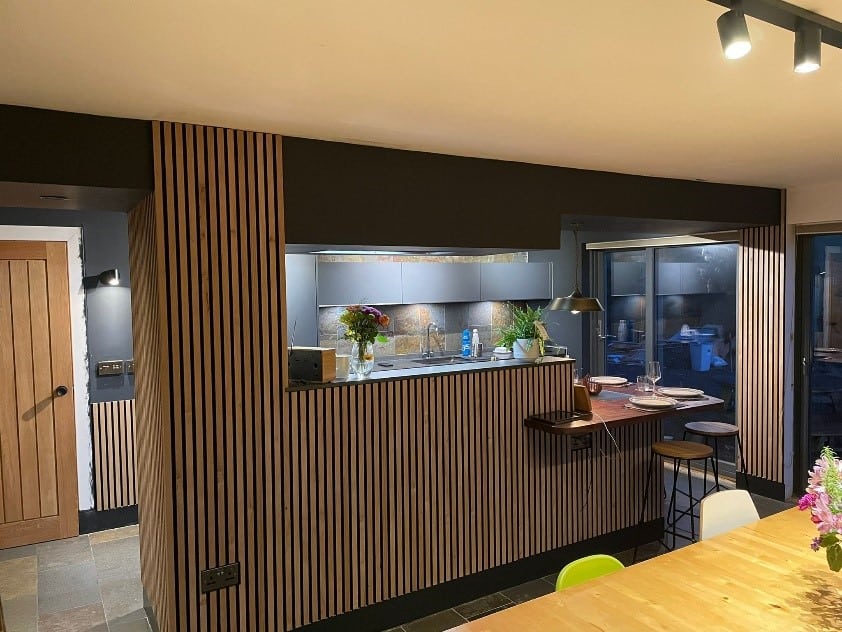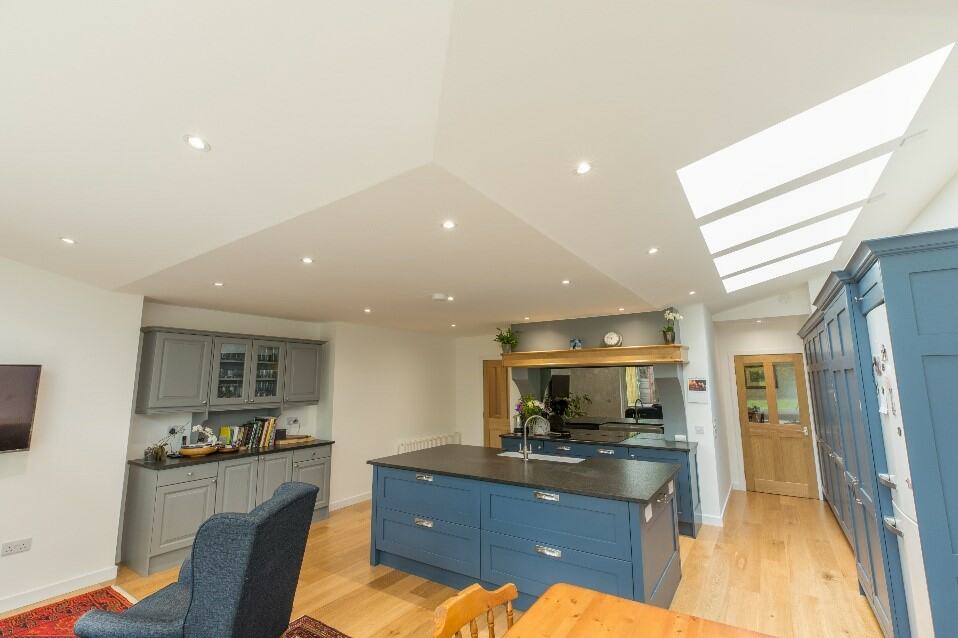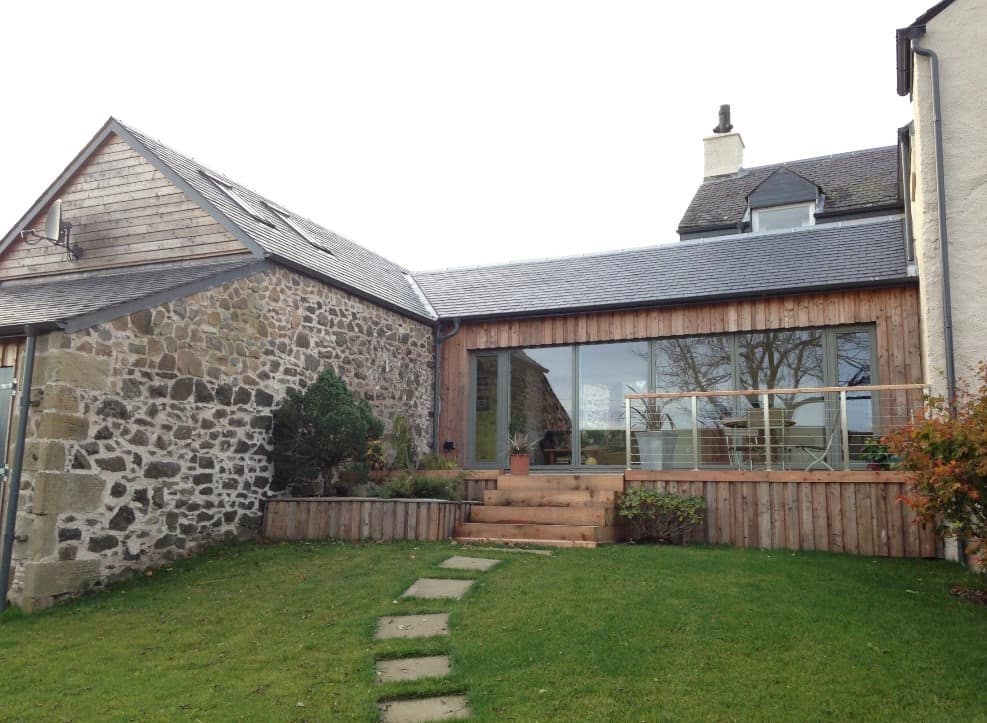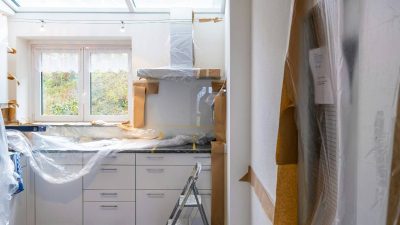Could the world get any crazier and with the squeeze getting ever-tighter on everyone’s finances it’s time to look at how to get the edge on your competitors. It’s not a secret that the rental market has gone through the roof in recent years, as city centre locations particularly, have seen property values spiralling on what seems to be a never-ending upward trajectory. Home ownership has been forced out of reach for many and renting has become the preferred way to secure a roof over your head.
Nationally, the availability of rented accommodation is in deficit, which means that if you own a half decent property, you should have no problem what-so-ever finding a tenant… but are you maximising the return you could be getting from that property?
A quick search for a three-bedroom house to rent in west Edinburgh returned just two results. This side of the city is popular with young families and it’s a nice place to live so once here, nobody moves away. This further restricts availability of housing for incomers and for those looking to upsize. So, it’s worth asking yourself whether your property can be altered or extended to provide the rented accommodation that is so much in need.
By investing in modification works you can:
- increase the asset value of your investment
- see a monthly increase in the rent you can charge
- improve the quality of the rented accommodation available in the rental sector
Some buildings are listed or in conservation areas and these require the expertise of heritage buildings specialists. Therefore, it is advisable to arrange for a feasibility study to be carried out. This will determine the potential of your property and whether it can be altered or extended successfully to provide enhanced accommodation. For a modest initial outlay, you can gain access to the professional advice you need to assist with your decision-making. Your architect will guide you through the process, literally from your first phone call to the builder handing the keys over at the end of your project.
Commonly encountered stages you are likely to come up against
Design Stage
Your architect will carry out a measured survey of the property and develop proposals with you, which provide the alterations you require. Architects undertake a long period of training, most of which is design-focussed, so you can expect the proposals to give you the flair and visual impact you are looking for.
Planning Stage
External work of scale or any work to listed buildings will require planning permission or listed building consent. Also check if you are in a conservation area as this will often mean that planning will be required, even for modest changes to the building.
Building Warrant
This is another application which needs to be made to your local authority and goes into more detail, to ensure the proposals meet the Building Regulations. This covers issues such as thermal performance, design of structural alterations, electrical installation, ventilation, drainage – the list goes on.
The building warrant needs to be signed off by the local authority at the end of the construction period and the “Completion Certificate” you will be sent is required if you’re going for funding or when you eventually sell the property.
Tender Information
Any additional details or specifications you want to add, over and above the warrant, fall into this stage. A full package of information will be issued to builders to allow them to provide competitive quotes for your project.
Construction Stage
This is the messy bit when the builders are on site making your dreams come true. Your architect can provide a site supervision service, which will ensure that the building works are carried out in the manner agreed, to the required quality and that they comply with all the regulations you obtained consents for.
To anyone who has never carried out building work, this may seem like a minefield but with the right advisers in place you can sit back and enjoy the process.
If you’re considering buying a new property to rent out, it can pay dividends to get an architect along for the viewings – they will be able to see instantly where opportunities lie, so you can make an informed decision whether or not to pursue the purchase.
By providing a good standard of accommodation people need, you can stand out from the crowd and attract the tenants you want to take on your property. It pays to look at examples of what people have done with properties similar to your own – it’s a great way to get you creative juices flowing and can often highlight what not to do. A valuable exercise in every sense.
A good way to source your architect is through word of mouth or articles like this. If you don’t know one, visit the Royal Incorporation of Architects in Scotland (RIAS) and they will point you in the right direction.














